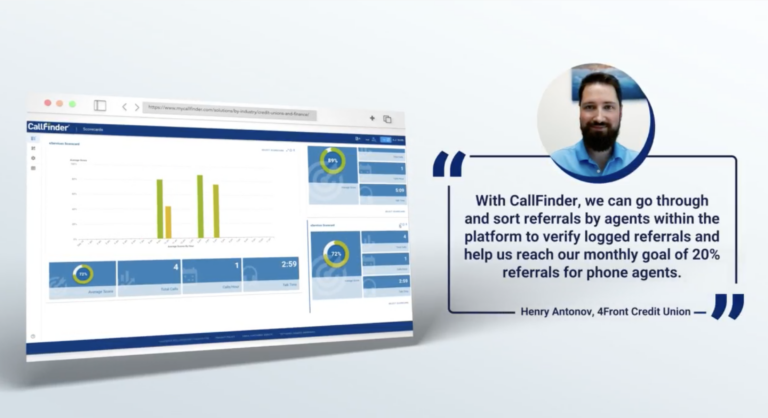
Are you tired of spending a ton of money on call center training? Do you find that the more you spend on training materials and hiring new staff, your agents still fall behind? We’re here to tell you why, and what to do about it.
Time is Money.
In our previous blog post, we discussed the different ways speech analytics can be used to enhance the customer experience. Your agents’ performance plays a huge role in that. Many businesses record customer calls, but how are those recordings used in call center training processes to enhance agent training? Not very effectively in most cases.
Here’s a perfect example of the old adage, time is money. Most call center managers listen to calls manually, which takes up a lot of time and, therefore, money spent on hiring extra QA staff. Not only that, but it’s an arbitrary way to understand how best to train agents.
How do you know which calls to listen to? What do you do with the information you get from the recording? Fortunately, speech analytics can save you time and money. Here’s how to stop spending a fortune on call center training and help your agents perform at their best.
Quickly Scan Calls for Extra Training Needs
Contact center managers will have an easier time helping agents who are not meeting expectations by knowing exactly why these agents are struggling. Automated tools, such as call transcription, can quickly scan words and phrases in conversations to detect and extract key phrases. Managers can search for the precise moments where agents find themselves faltering, such as difficulty dealing with upset customers, or knowledge gaps about certain products and services.
For instance, you can search for the phrase, “I’d like to speak with a manager.” Then managers can use specific instances when agents did not handle the situation very well to offer further training. Using these real-life examples provides agents with an accurate picture of each situation. This also encourages cooperation between agents and managers to formulate a plan for improvement.
Identify Fields in Which Agents Excel
Speech analytics isn’t just for detecting agents’ weaknesses; it can be used to recognize their strengths too. Speech analytics technology can identify the moments when agents do their job exceptionally well or make significant progress in their performance. Sentiment analysis is a quick, and highly visual way to do this. Once managers uncover positive sentiment trends, they have solid data for praising and encouraging agents for their good work.
They can also use these examples in training sessions with other agents. Or they can help develop improved business processes for the entire call center. By knowing the areas where their agents thrive, managers can help them develop their skills and advanced in their careers, whether that be in the contact center or another department.
Scorecards – The Ultimate Call Center Tool
Call scoring capabilities for both individual agents and contact center teams is a must-have call center training tool. With automated call scorecards, managers have an unbiased method of analyzing each call and accurately determining strengths and weaknesses on the agent and team level. Scorecards provide a consistent scoring system with predetermined standards that make it fair for everyone. Managers can then offer feedback, as well as set goals and formulate metrics with their agents to help them find ways to offer a better customer experience.
Call Center Training – Not Just for Agents
Agent training can’t be something that just happens at the beginning; it must be an ongoing process if you want to see real results. Like most employees, contact center agents want to do their jobs well, so it’s important they’re able to receive consistent constructive feedback on their performance. Speech analytics helps reach this objective, resulting in happier agents and thus, happier customers.










